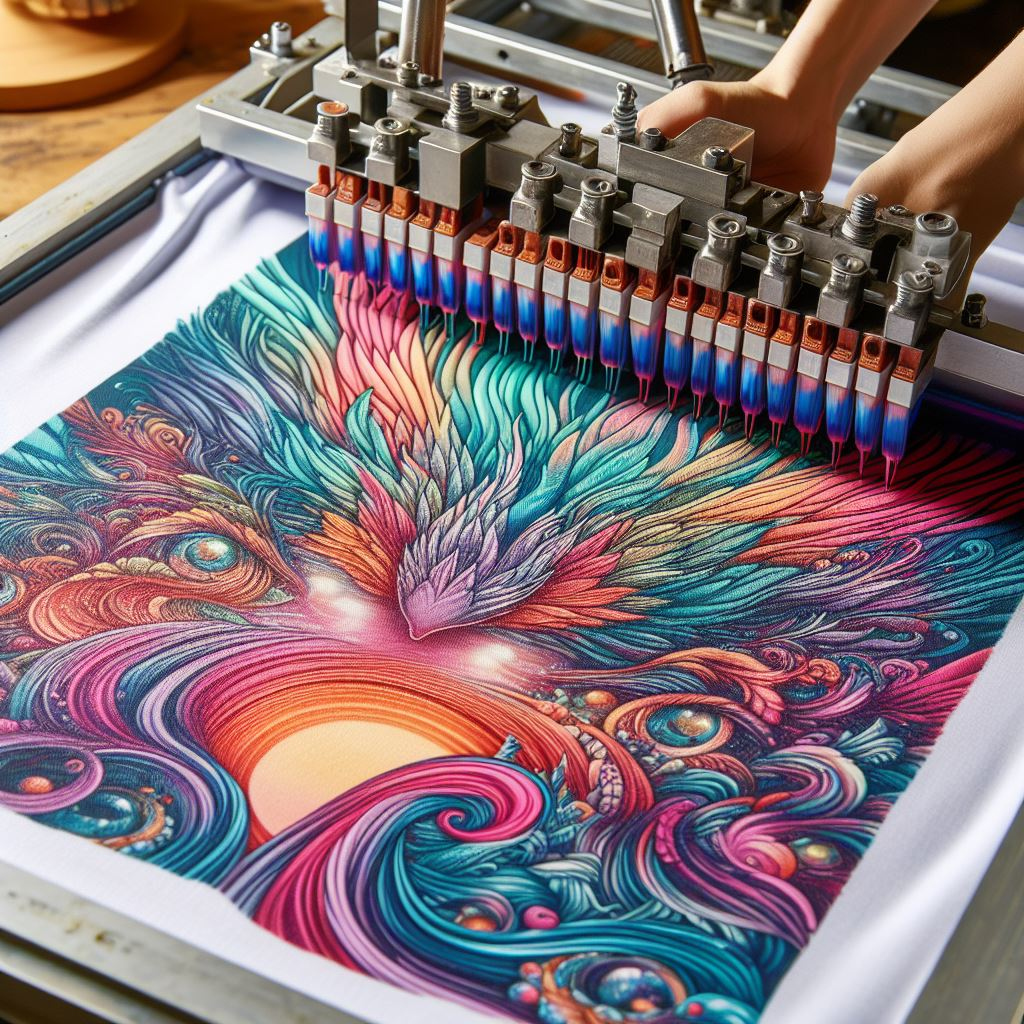Sublimation printing has revolutionized the world of custom products, offering unparalleled vibrancy, durability, and versatility in design. From personalized apparel to bespoke home decor, sublimation empowers businesses to create one-of-a-kind items that resonate with their customers. However, achieving optimal results requires careful consideration of the materials used in the sublimation process.
Polyester stands as a cornerstone material in sublimation printing due to its exceptional qualities. With its smooth texture and ability to hold vibrant colors, polyester serves as the ideal canvas for intricate designs. Whether it’s T-shirts, tote bags, or phone cases, sublimating onto polyester yields results that are both visually stunning and long-lasting. Moreover, polyester’s resistance to shrinking and wrinkling ensures that custom creations maintain their quality even after multiple washes or extended use.
Despite its many advantages, polyester does have limitations. Sublimation works best on white or light-colored polyester fabric, as darker colors may interfere with the vibrancy of the print. Additionally, some individuals may prefer natural fibers like cotton for their breathability and comfort, posing a challenge for sublimation printing. However, advancements in technology have led to the development of sublimation-friendly cotton blends, offering a compromise between aesthetics and wearability.

For hard surfaces such as ceramic mugs, glass coasters, or metal keychains, sublimation coatings play a pivotal role in the printing process. These specialized coatings provide a receptive surface for the sublimation ink to bond with, resulting in vivid and permanent designs. Whether it’s a personalized mug for morning coffee or a custom keychain as a thoughtful gift, sublimated hard surfaces add a touch of individuality to everyday items.
When it comes to sublimating onto fabrics, the choice extends beyond polyester. Blends of polyester and cotton offer the best of both worlds, combining the vibrant colors of polyester with the softness and breathability of cotton. Additionally, innovative treatments allow for sublimation onto unconventional materials such as wood and leather, opening up endless possibilities for creative expression. However, it’s essential to consider the unique characteristics of each material to ensure compatibility with the sublimation process.
Wood, for example, provides a rustic charm and natural appeal that complements certain designs. Sublimating onto wood yields a slightly faded, vintage look, adding character to personalized signs, plaques, or ornaments. Similarly, leather offers a luxurious canvas for sublimation, lending itself to high-end accessories like wallets, belts, or luggage tags. However, sublimating onto natural materials like wood or leather requires specialized techniques to achieve optimal results, making them better suited for experienced practitioners.
In conclusion, mastering sublimation requires a deep understanding of the materials involved and their respective strengths and limitations. While polyester remains a popular choice for its versatility and durability, advancements in technology have expanded the possibilities to include a diverse range of fabrics and surfaces. By carefully selecting the right materials for each project and leveraging the latest innovations in sublimation printing, businesses can elevate their custom products to new heights of excellence, delighting customers and fostering long-term success.